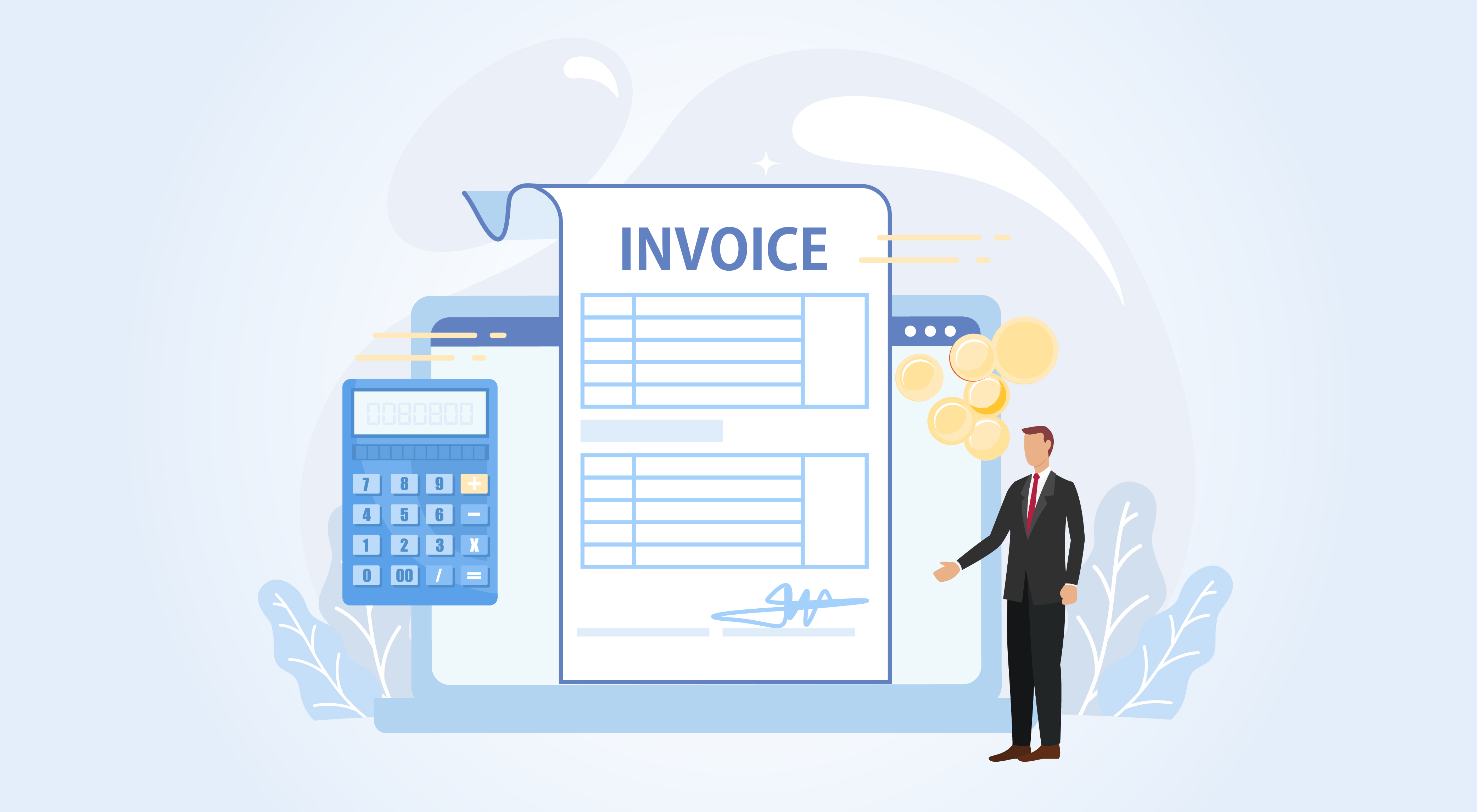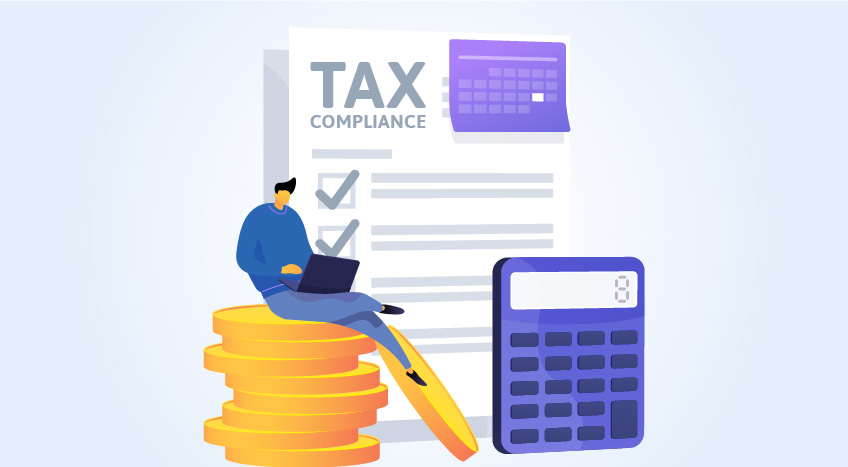Understanding the VAT Form 201 is crucial for businesses operating under the UAE VAT regime. This document is a standard requirement issued by the Federal Tax Authority (FTA) for all VAT-registered entities. It summarises key VAT details for a given tax period and determines the amount a business either owes or is eligible to reclaim. Accurate and timely filing of Form 201 not only ensures compliance but also helps businesses avoid penalties and maintain smooth financial operations.
Let’s understand how to file VAT Return Form 201 under the new e-return filing system in the UAE.
Prerequisites before you begin
Before you move to the e-filing process, it’s important to ensure your business is set up properly. This preparation provides a smooth filing experience and prevents last-minute compliance issues.
● Valid VAT registration: Before filing the VAT Return Form 201, your business must have an active Tax Registration Number (TRN) issued by the Federal Tax Authority (FTA). This confirms your eligibility and obligation to submit VAT returns in the UAE.
● Software setup: Your accounting software should have VAT functionalities properly configured, including tax rates, VAT codes, and transaction classifications. This ensures that VAT is correctly calculated and reflected in your records.
● Complete records: All sales, purchases, input VAT, output VAT, and necessary adjustments (such as credit notes or reverse charges) must be accurately recorded for the specific VAT period. Comprehensive and organised records are critical for accurate return filing.
● FTA-accredited software: To submit the VAT return electronically, ensure your accounting or ERP software can generate the return in an FTA-approved file
format such as JSON or XML. Using FTA-compliant software ensures a smooth upload and reduces the risk of rejection.
How to file VAT return form 201 from a VAT-enabled software
With the introduction of digital tax systems, businesses are encouraged to use VAT-enabled software to simplify the filing process. These tools help reduce errors, save time, and generate reports in the FTA-specified format. One such reliable software is TallyPrime, which automates VAT-related tasks. Here’s a detailed breakdown to help you submit your 201 file form seamlessly:
Step 1: Enable VAT in your software Begin by activating the VAT feature in your software. This is a step done by your service provider who will integrate EmaraTax portal with your in-house software, helping you file VAT directly from the software.
Step 2: Record all VAT transactions Ensure all VAT-related transactions are accurately entered into the system, including sales invoices, purchase bills, credit/debit notes, and reverse charges. Double-check that the dates and VAT categories used align with FTA requirements.
Step 3: View VAT computation (Form-201) and verify VAT return Software like TallyPrime will automatically fill in VAT form 201 for you witgh fro the software with the click of a button. Review your VAT return and details entered like output VAT, input VAT, adjustments, and net VAT payable/refundable.
Step 4: Export the 201 file Once verified, export the VAT 201 form in the FTA-approved format (typically JSON or XML) directly from your accounting software to EmaraTax. Ensure the exported file matches FTA’s technical specifications.
Step 5: Upload to the FTA portal Visit the EmaraTax portal, log in using your credentials, and upload the exported VAT return file for review and confirmation.
Step 6: Submit and pay VAT After successful upload and review, submit the return through the portal. Proceed to make the VAT payment based on the amount shown as payable in the return to complete the filing process.
Complete payment through e-Dirham, bank transfer, or GIBAN. Save your receipt.
What happens after submission?
Once you’ve submitted your VAT return, your filing activity is recorded and available for reference. You may also be eligible for a refund based on your filing. It’s critical to maintain accurate documentation for future audits and verification.
● Receipt download: Once the VAT Return Form 201 is successfully submitted, you can download a submission receipt from the FTA portal. This serves as official confirmation that your return has been filed and timestamped.
● History update: The submitted return will automatically appear in your FTA account under your return history. This helps maintain a clear record of all past filings for reference and audits.
● Refund option: If your return shows a refundable VAT amount (i.e., input VAT exceeds output VAT), you can submit a refund request directly through the FTA portal. The system will guide you through the required forms and supporting documents.
● Compliance tip: It's essential to retain all VAT-related records, including invoices, return summaries, and payment proofs, for a minimum of five years. This ensures readiness in case of audits or compliance checks by the FTA.
Best practices for smooth filing
Consistency and preparation are key to efficient VAT compliance. By incorporating a few best practices, businesses can ensure stress-free filing and long-term accuracy in their VAT process.
● Regular reconciliation: Before filing your VAT return, always reconcile your accounting records with VAT transactions. This includes matching sales, purchases, input/output VAT, and adjustments to ensure accuracy and avoid discrepancies in the submitted return.
● Timely submission: Submitting the VAT Return Form 201 on or before the official FTA deadline is crucial. Late filings can result in financial penalties and compliance issues, so set reminders or automate alerts to stay on schedule.
● Digital backups: Maintain secure digital copies of your submitted VAT returns, supporting documents, and confirmation receipts. These backups are vital for future reference, internal reviews, or responding to audit requests.
● Staff training: Ensure your finance or accounting team is well-trained in VAT workflows, including data entry, reconciliation, and e-return filing procedures. Well-informed staff reduce the chances of errors and streamline the compliance process.
● Stay updated: Regularly monitor the FTA website or subscribe to official updates to stay informed about any changes in VAT rules, filing procedures, or portal functionalities. Staying updated ensures you're always compliant with the latest requirements.
Conclusion
The new e-return system has transformed VAT filing into a digital-first, user-friendly process. With tools like TallyPrime, businesses in the UAE can manage compliance confidently, efficiently, and without headaches. The key lies in preparation, using accredited software, and maintaining accurate records.









